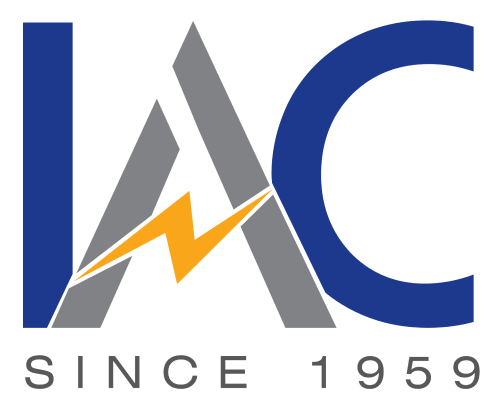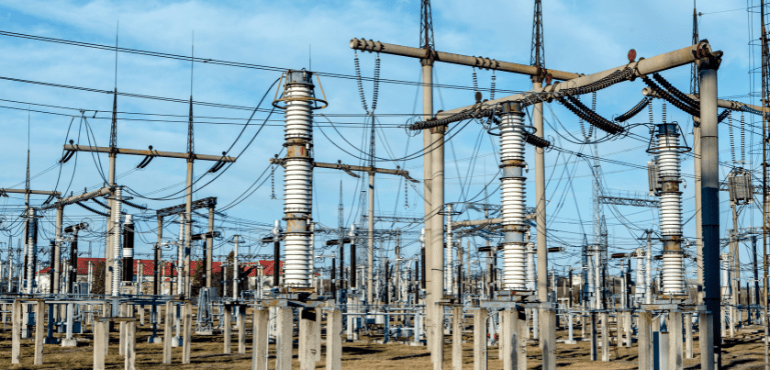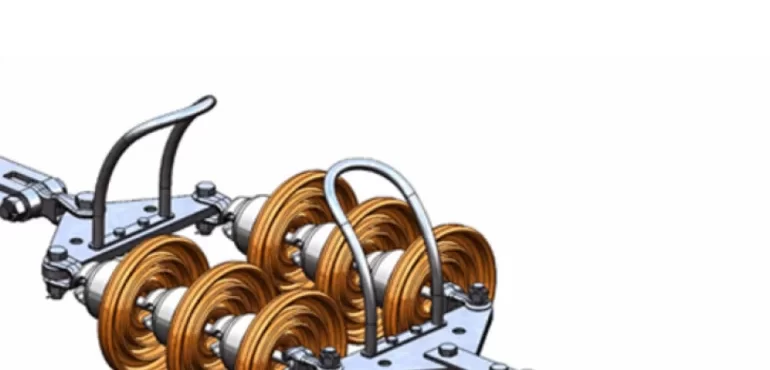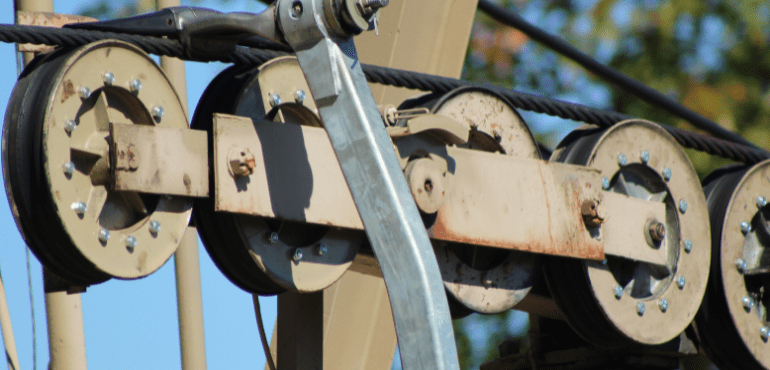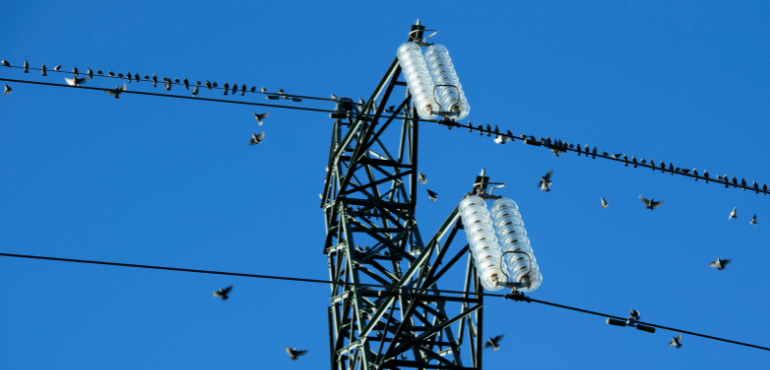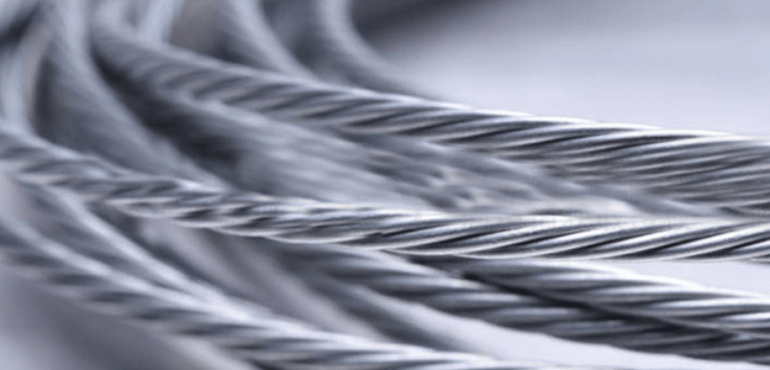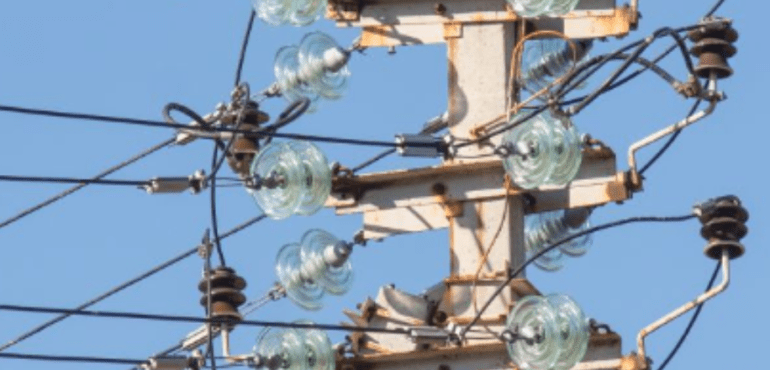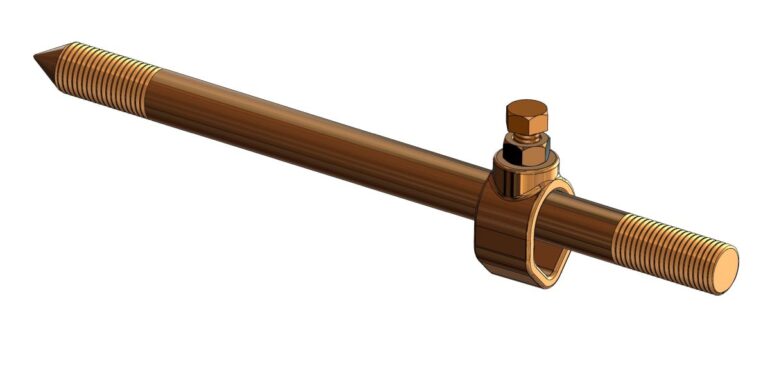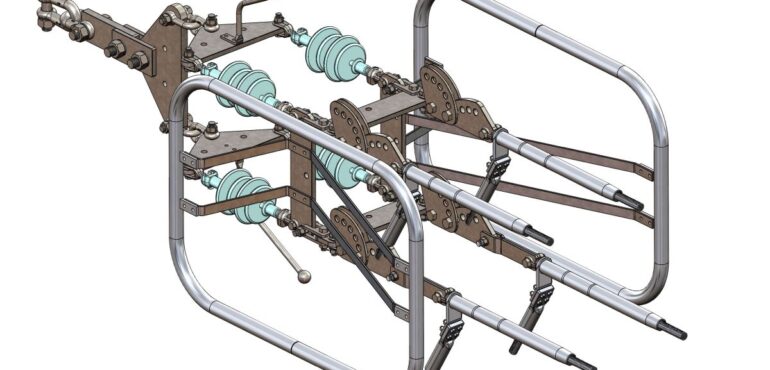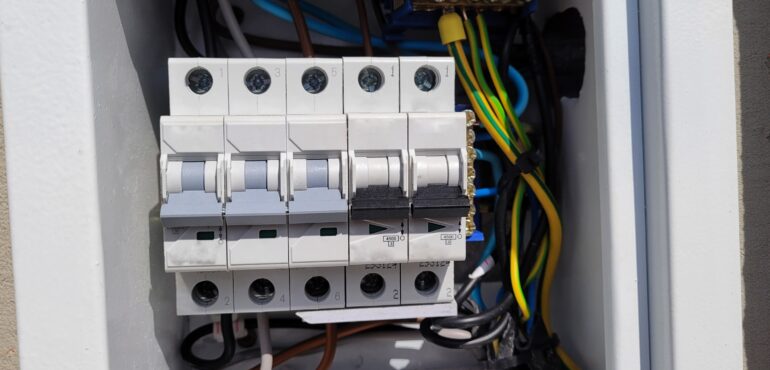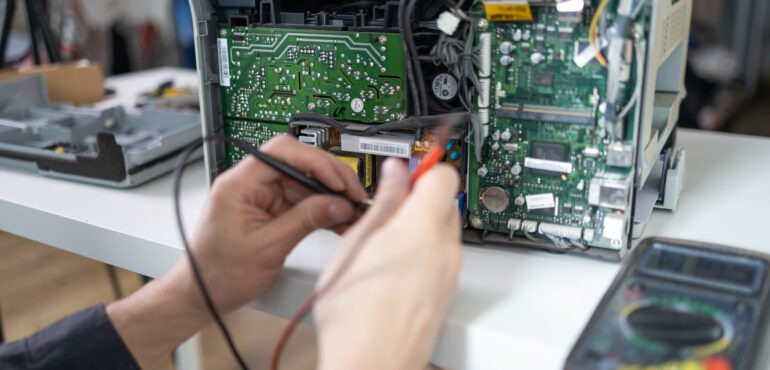Power distribution plays a vital role in our society. Aerial Bundled Cables (AB Cables) are integral to this system. It offers numerous advantages over traditional overhead lines. Proper installation methods are essential to ensure AB cable accessories perform efficiently, reliably, and last long. This blog will explore the best practices for AB cable fittings and...
Transmission Line Hardware Fittings cables are essential for transferring bulk electricity through overhead lines and underground cables. The large electricity towers we commonly see around us utilize this transmission line hardware. In India, transmission line hardware fittings manufacturers now provide products that meet international quality standards. Various types of transmission lines are currently popular in...
High-voltage power lines snaking across vast landscapes or discreetly lining our streets are a familiar sight. But have you ever stopped to consider the silent partners that keep these lines aloft, ensuring the uninterrupted flow of electricity? This unsung hero is pole line hardware – a diverse collection of components that play a critical role...
Transmission lines are the backbone of our electricity grid, silently transporting power across vast distances. But these vital structures can become unwitting hazards for birds. Collisions with power lines and nesting on transmission towers can cause power outages, equipment damage, and even harm the birds themselves. Bird guards play a crucial role in mitigating this...
Stay wires play an important role in supporting overhead power lines. It provides great stability and resilience to the infrastructure. With different stay wires available, each of them is designed to meet specific requirements, and understanding the differences is essential for selecting the right one for the job. In this blog, IAC electricals, a manufacturer of...
In the world of modern infrastructure, OPGW or Optical Ground Wire cables stand as a testament to innovation and efficiency. Combining the functions of both optical fiber and overhead ground wire, OPGW cables have revolutionized the way data and power transmission networks operate. OPGW cable accessories have been revolutionizing the data and networks all over. ...
Earth rods are the parts of earthing accessories that are also known as grounding rods. They are vital components for electrical safety. These long, metal rods driven into the ground act as a safety net. They channel excess electrical currents, like faults or lightning strikes, away from people and equipment, preventing harm and ensuring a...
Insulator hardware fittings are components used in electrical systems to support and attach insulators to various structures such as poles, towers, or walls. These fittings play a crucial role in maintaining the stability and proper functioning of the insulators. This hardware material is designed to prevent the flow of electricity between conductors and the structures...
Low voltage wire vs regular wire: what is the difference between them? Despite its versatile uses in the commercial and residential property, low voltage wire is different and has the distinct feature that can differ from the regular wire. When we are talking about the networking system, two wires always stand out: Low voltage wire...
Low voltage & Regular wire: which wire is best? When setting up a network, choosing the right cables is crucial. There are mainly two types of wire available: low-voltage wire and regular wire. They each have their own features, benefits, and best uses. In this guide, we’ll explain the differences between them, where they’re commonly...


